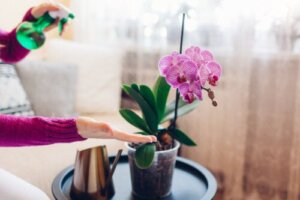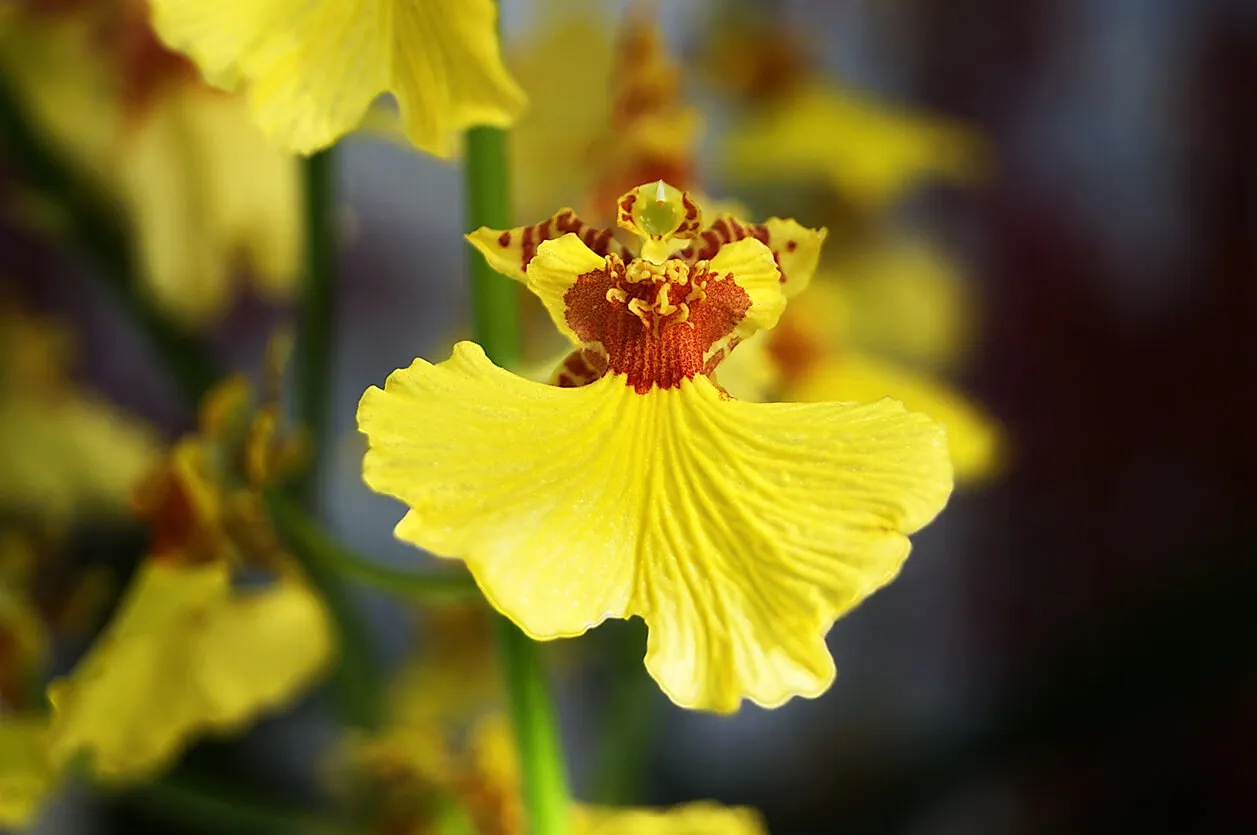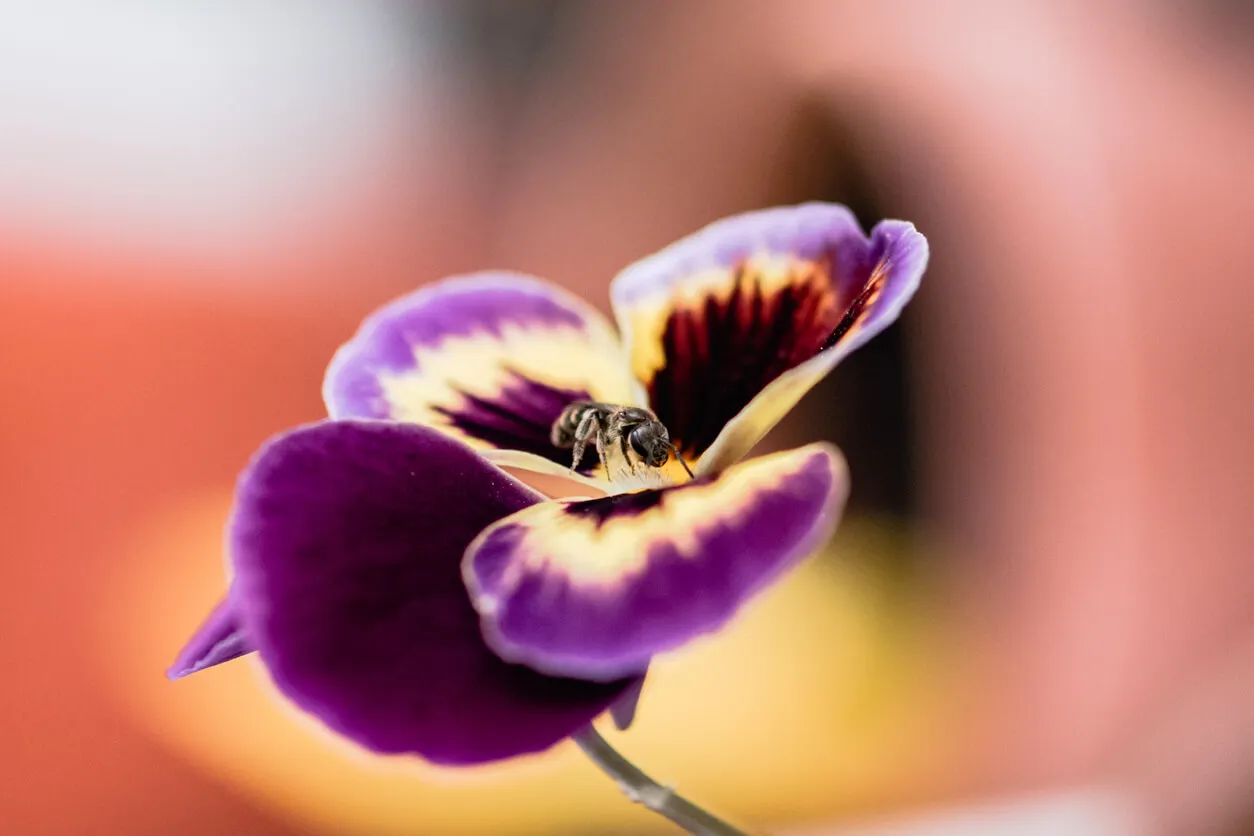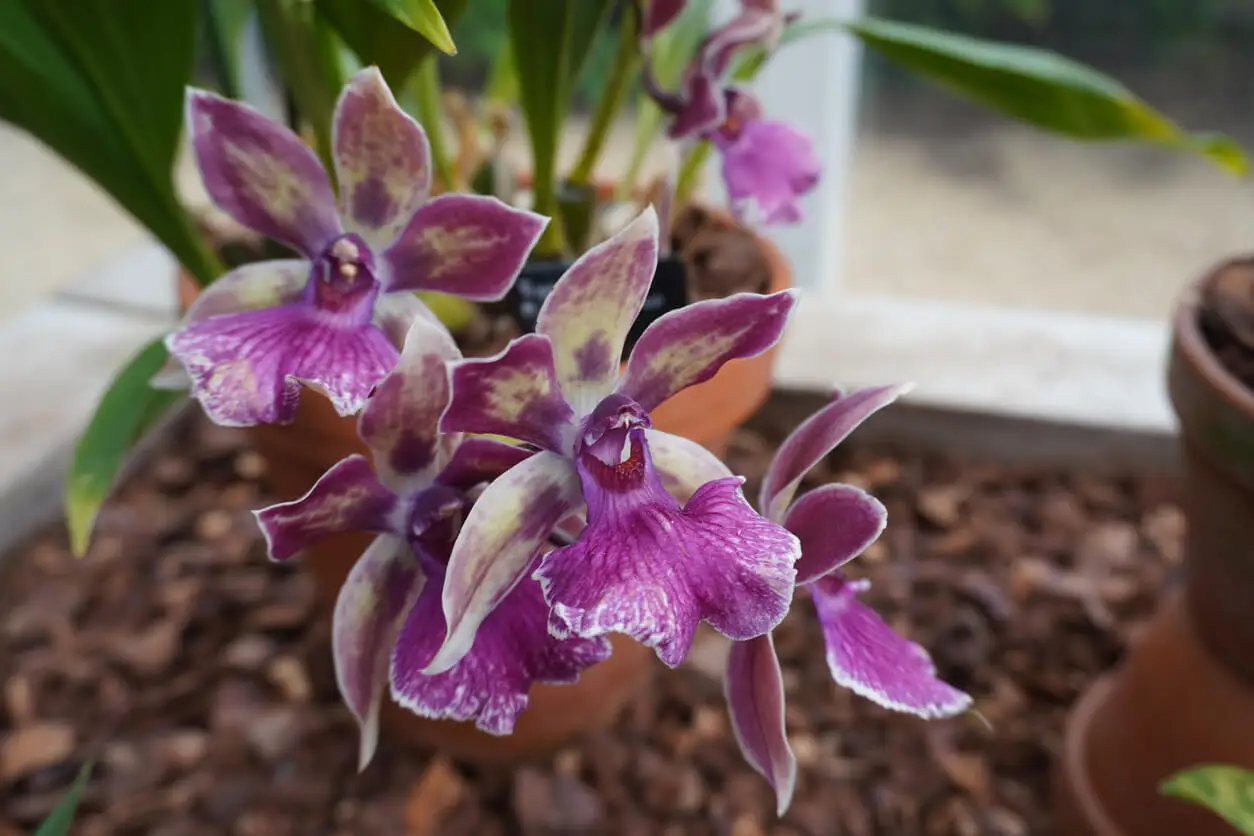7 Colorful Indoor Orchids for Decorating Your Home

If you plan to bring the subtlety of indoor orchids, you’ve come to the right place, because we’ll show you which varieties are ideal for decorating rooms. These plants are a refined decorative element with a touch of extravagance.
There are thousands of species appreciated for their diversity of colors, shapes and sizes. Even for those who do not yet consider themselves experts in gardening, taking care of the flowers of the Orchidaceae botanical family is not a big commitment. We invite you to learn more about it.
Indoor orchids: A flower with a wide significance
Orchid flowers gained significance in the Victorian era, when people received them as proof of love and affection from another, considering them an exotic flower. Thus, the rarer the species, the deeper the feeling was supposed to be.
Likewise, they were associated with luxury, because they were not so easy to obtain. They were brought from tropical regions and only a few could afford them.
But today the reality is different. Although they are still linked to distinction, anyone can buy a bouquet at the florist or grow orchids at home.
Read How to Make a Moss Guide or Support for Climbing Plants
The best indoor orchids to decorate your home
In any garden, it’s a good idea to control multiple variables for the development of orchids, such as humidity and pH of soil and water. Indoors the conditions change, but not much effort is required if you choose the right plants. Here are some suggestions.
1. Oncidium
Oncidium encompasses about 300 species of tropical and subtropical American orchids, notes Encyclopedia Brtiannica. Also, this flower has other popular names: “tiger orchid,” “bee orchid” and “dancer,” all attributed to its appearance.
It is a variety that shows warm-colored spots on the petals and mini-flowers clustered on the branches. Indoors, they do well away from heat, as they are cool-worshipping plants. If natural light penetrates strongly into the room, to take care of the orchid install diaphanous curtains.

2. Phalaenopsis
According to Mexico’s Institute of Ecology, the name Phalaenopsis comes from the Greek phalania, meaning “butterfly,” and opsis, meaning “similar.” So there is not much to explain: they are orchids whose flowers are similar to butterflies in flight (in cover photo).
The specimens also have 3 petals of combined or unicolor tones, the roots are thick and green. It is advisable to plant them in transparent pots so that they enjoy good sunlight.
In home decoration, it is a good idea to put 3 butterfly orchids together in a container, because without much complication you will have a simple and stylish flower arrangement.
3. Pansy orchids
The botanical name of the pansy orchid is Miltoniopsis. HortScience argues that these plants enjoy attractive potting characteristics, starting with their large, fragrant flowers in captivating colors such as white, purple and red.
Miltoniopsis demand water every day, sprayed with a spray bottle. In decoration they earn a place thanks to their velvety petals, which usually stand out if behind them there is a backdrop or background that contrasts with the pigments of the specimen.

4. Indoor orchids: Cattleya
If your home does not have polyethylene ceilings, then Cattleyas are a good fit. The Colombian Society of Orchidology points out that this material does not like this variety of flower; they add that a thick substrate is necessary and with pieces of trunk, so when preparing the pot consider the suggestions of the experts.
The Cattleya orchid is one of the most famous, to the point of being catalogued as “the queen” of the species. Its development is through pseudobulbs and receiving a good dose of light, although not direct sunlight.
The plant sprouts a maximum of 3 large flowers, which live up to 1 month. The shades that stand out are the following:
- White.
- Pink.
- Purple.
- Orange.
- Yellow.
It is possible to mix the colors of the Cattleyas to create unique palettes.
5. Coelogyne
According to the Orchid Friends Club, it is appropriate to grow this kind of vegetable in pots. In addition, the flowers are white with a distinct yellow center, perfect to show off the slender, elongated petals. It is also one of the most sought after varieties for ornamenting enclosed spaces.
6. Indoor orchids: Zygopetalum
The American Orchid Society recommends “raising” the variety in intermediate temperatures, since humidity and cold would “print” spots on the leaves and make them look unsightly. Thus, if they receive proper care, these plants thrive without difficulty.
We talk about replacing the substrate every six months and take care of temperature changes. Zygopetalum plants also stand out for their exquisite fragrance and the intensity of their purples and yellows.

7. Dendrobrium
This type of orchid likes to be near a window, so that the warmth of the sun can reach it. Its main characteristic is it overwinters to bloom in spring.
The flowers bloom in short bunches with small and large specimens in colors common to the species, but also exotic brown and a striking green.
How to care for indoor orchids
Orchids swing between majesty and subtlety, which is why some people hesitate before getting them. This is due to mistaken thinking about demanding care, when the truth is that the plant lives quietly as long as it has basic environmental conditions:
- Firstly, indirect light.
- Then, controlled watering.
- Finally, distance from dry air.
Having a bouquet of orchids in a container or pot with a few flowers will be enough to give a sophisticated decoration to the rooms. Do you dare to enjoy the magnificence of this species in the living room of your home?
All cited sources were thoroughly reviewed by our team to ensure their quality, reliability, currency, and validity. The bibliography of this article was considered reliable and of academic or scientific accuracy.
- Britannica, T. Editors of Encyclopaedia (2017, May 3). Oncidium. Encyclopedia Britannica. https://www.britannica.com/plant/Oncidium
- Club Amigos Orquídeas. Coleogyne. Club Amigos Orquídeas. https://www.cao.org.es/coelogyne/
- Instituto de Ecología de México. Orquídea mariposa. Instituto de Ecología de México. https://www.inecol.mx/inecol/index.php/es/ct-menu-item-25/planta-del-mes/37-planta-del-mes/588-orquidea-mariposa-phalaenopsis-amabilis
- Lopez, R. G., & Runkle, E. S. (2006). Temperature and photoperiod regulate flowering of potted Miltoniopsis orchids. HortScience, 41(3), 593–597. https://doi.org/10.21273/hortsci.41.3.593
- Sociedad Americana de Orquídeas. Zygopetalum. Sociedad Americana de Orquídeas. https://www.aos.org/orchids/orchids-a-to-z/letter-z/zygopetalum.aspx
- Sociedad Colombiana de Orquideología. La Cattleya warscewiczzi. Sociedad Colombiana de Orquideología. https://sco.org.co/la-cattleya-warscewiczii/
This text is provided for informational purposes only and does not replace consultation with a professional. If in doubt, consult your specialist.








